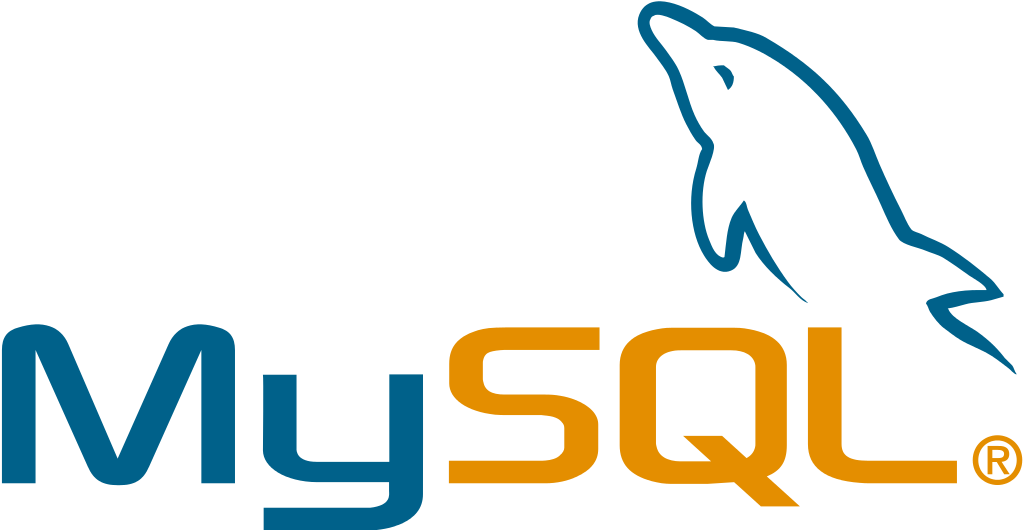Introduction:
MySQL, an open-source relational database management system (RDBMS), has become a cornerstone in the world of database management since its inception in the mid-1990s. Developed by a Swedish company, MySQL AB, it was later acquired by Sun Microsystems in 2008 and eventually became part of Oracle Corporation in 2010. This article aims to provide a comprehensive overview of MySQL, exploring its key features, architecture, use cases, and its significant impact on the world of web development.
History and Evolution:
MySQL was initially released in 1995 by Michael Widenius and David Axmark, and over the years, it has evolved through various versions and acquisitions. The open-source nature of MySQL has been crucial to its widespread adoption and continuous improvement. Today, it is actively maintained by the MySQL community.
Key Features:
- Open Source: MySQL is distributed under the GNU General Public License (GPL), making it freely available for use, modification, and distribution.
- Ease of Use: Known for its simplicity, MySQL is user-friendly and provides an intuitive command-line interface as well as graphical user interfaces like MySQL Workbench.
- Scalability: MySQL supports horizontal and vertical scaling, allowing it to handle both small-scale applications and large, enterprise-level databases.
- ACID Compliance: MySQL ensures the reliability of transactions by adhering to the principles of Atomicity, Consistency, Isolation, and Durability (ACID).
Architecture:
- Client-Server Architecture: MySQL follows a client-server architecture where clients communicate with the server to perform database operations.
- Storage Engines: MySQL supports multiple storage engines, such as InnoDB, MyISAM, and MEMORY, each with its own strengths and use cases.
- Concurrency Control: InnoDB, the default storage engine, utilizes multi-version concurrency control (MVCC) to handle multiple transactions concurrently while maintaining consistency.
Use Cases:
- Web Development: MySQL is widely used in web development for storing and retrieving data from websites and web applications. Its integration with popular web development stacks like LAMP (Linux, Apache, MySQL, PHP/Python/Perl) has been instrumental in its success.
- Enterprise Applications: Many enterprises leverage MySQL for managing large datasets, enabling efficient data storage, retrieval, and analysis.
- Embedded Systems: Due to its lightweight nature, MySQL is often used in embedded systems where resources are limited.
Community and Ecosystem:
- Community Support: The MySQL community actively contributes to the development and improvement of the database system. Users can find extensive documentation, forums, and community-driven resources.
- Extensions and Plugins: MySQL has a rich ecosystem of extensions and plugins that enhance its functionality, enabling users to customize their database environment.
Challenges and Future Trends:
- Competition from NoSQL Databases: With the rise of NoSQL databases, MySQL faces competition from solutions that provide alternative data models and better scalability for certain use cases.
- Security Concerns: As with any database system, security remains a concern. Regular updates, proper configuration, and adherence to security best practices are crucial.
Conclusion:
MySQL’s journey from a small-scale open-source database to a global industry standard has been remarkable. Its simplicity, scalability, and active community support make it a popular choice for a wide range of applications. As technology continues to evolve, MySQL is likely to adapt and remain a key player in the world of relational database management systems. Whether you are a seasoned database administrator or a novice developer, understanding MySQL is essential for building robust and efficient data-driven applications.
It worth to mention that Servmix‘s web hosting plans (Shared, WordPress, Saudi and Cloud web hosting) support MySQL.

